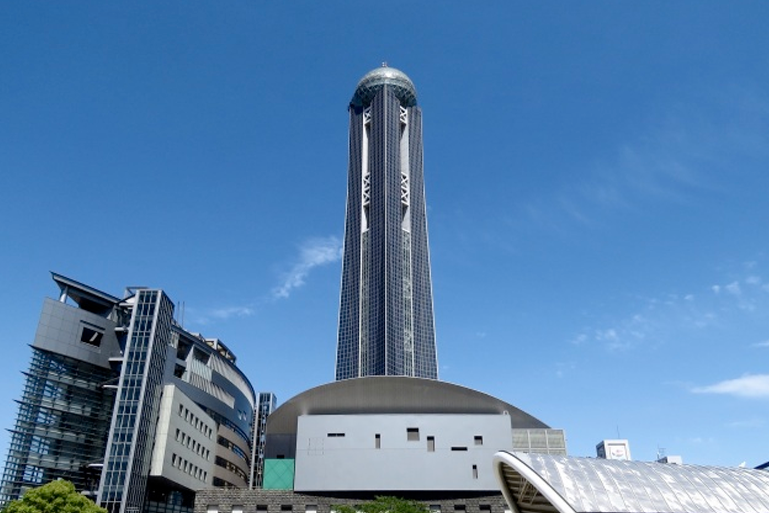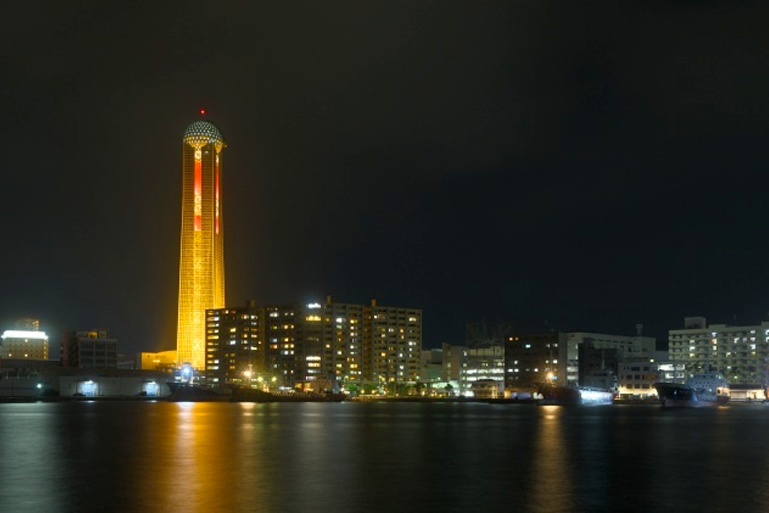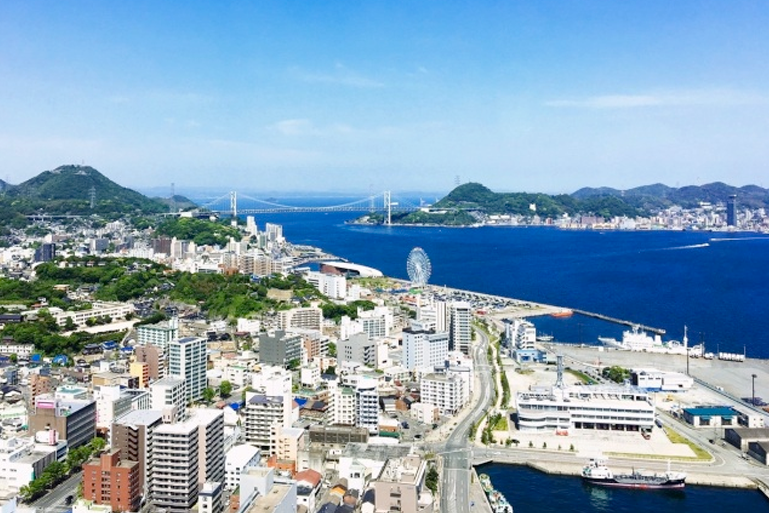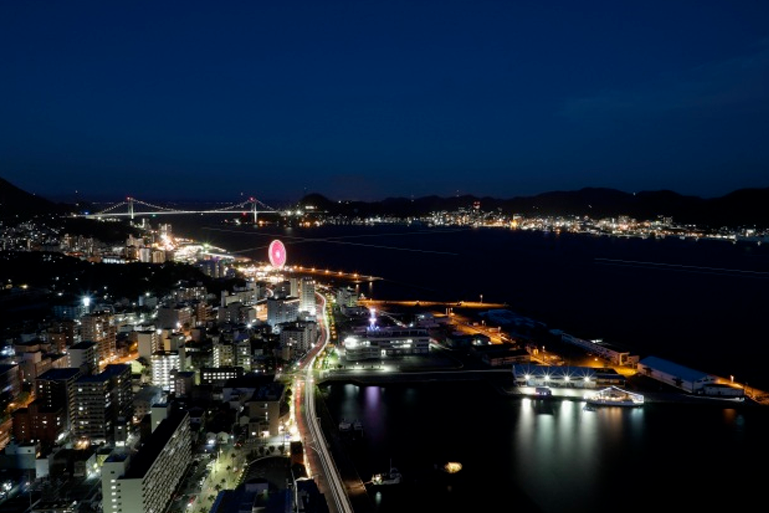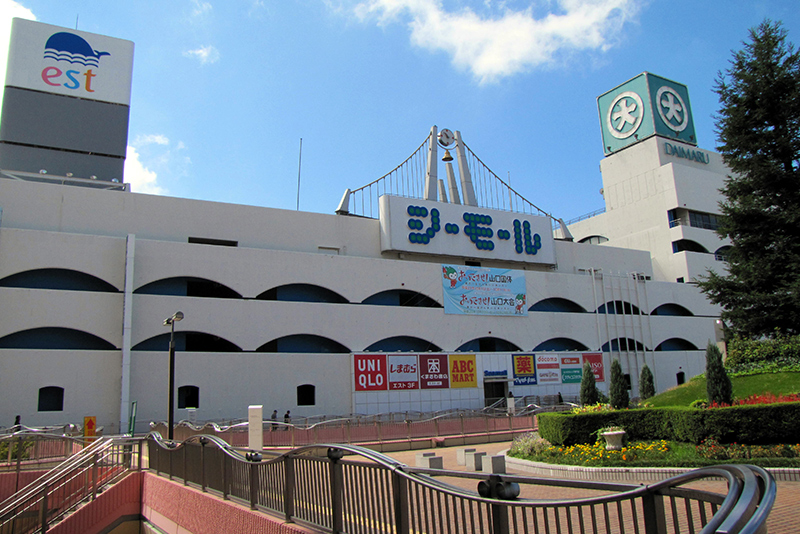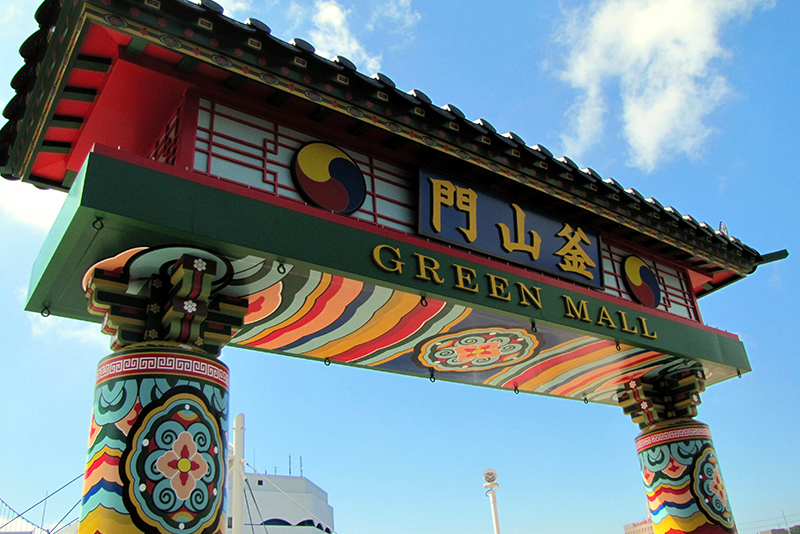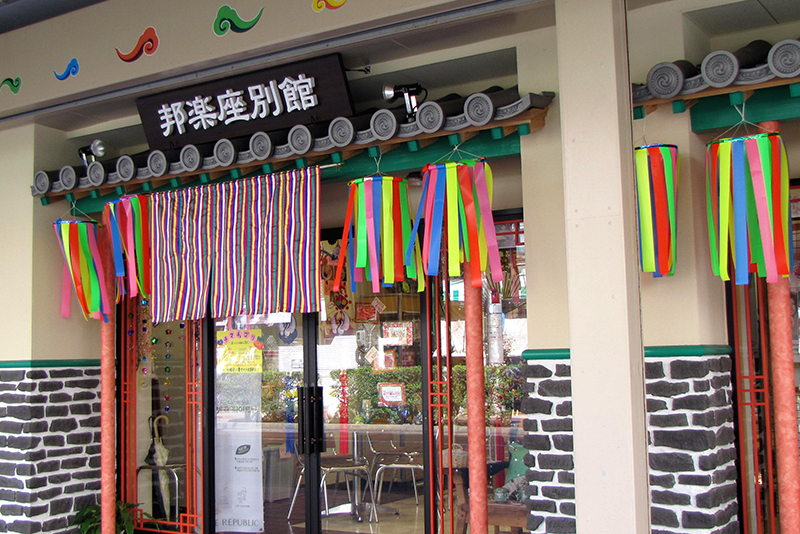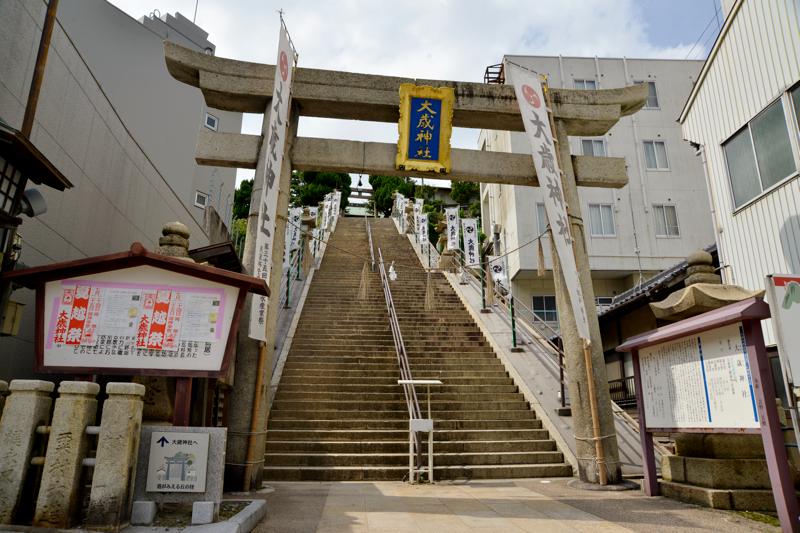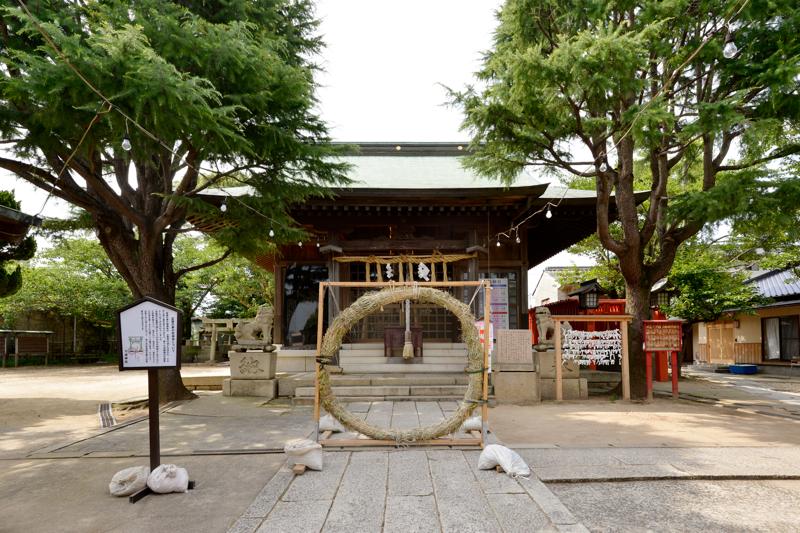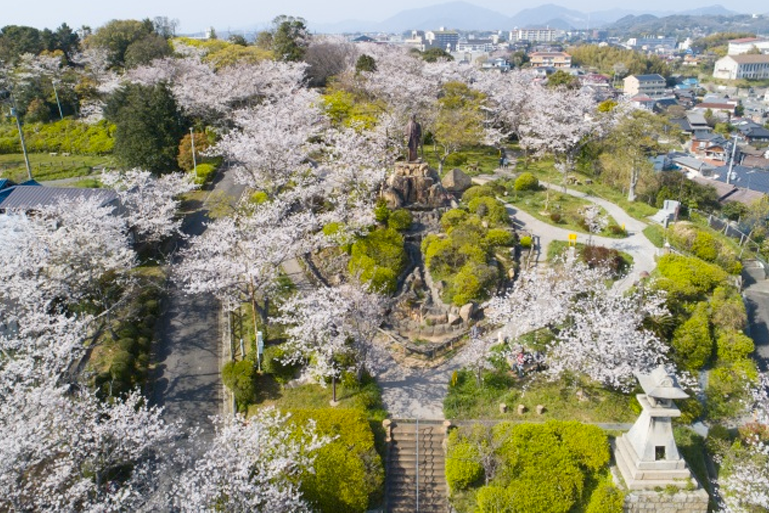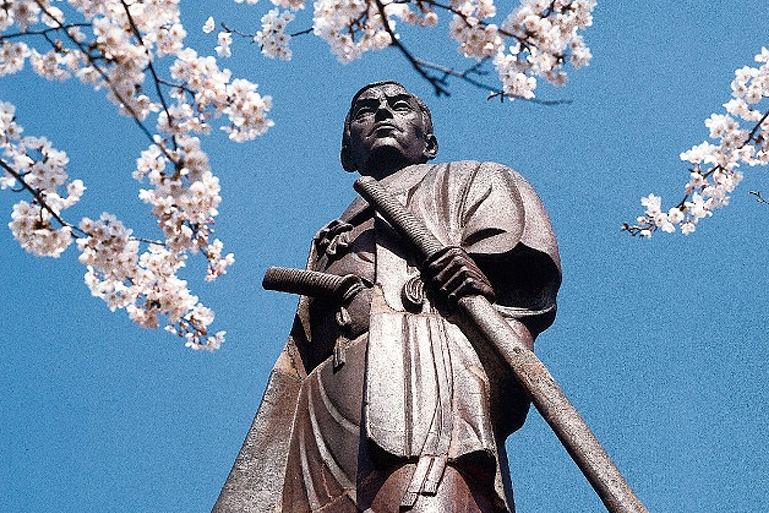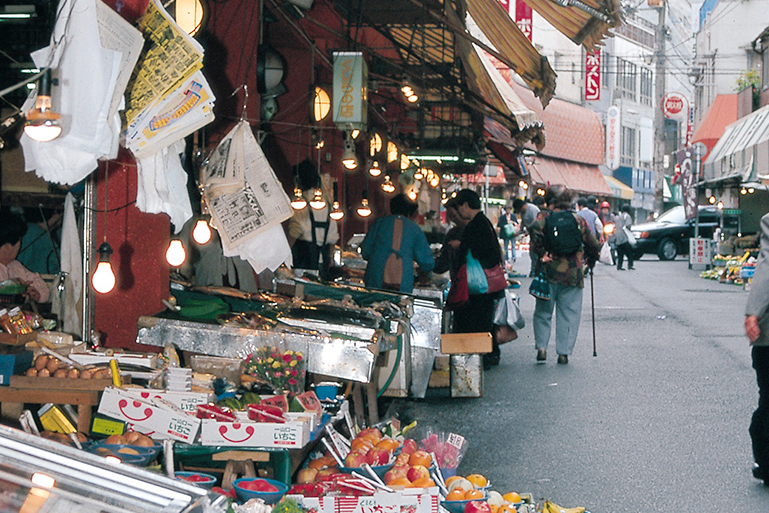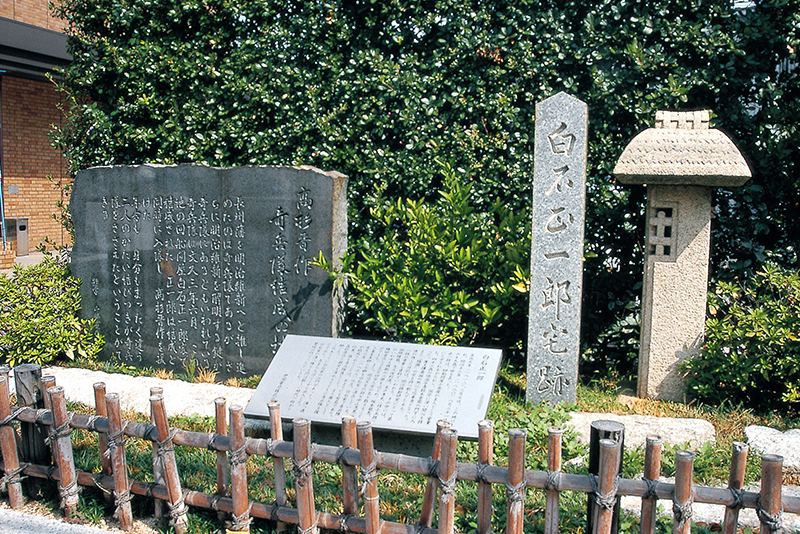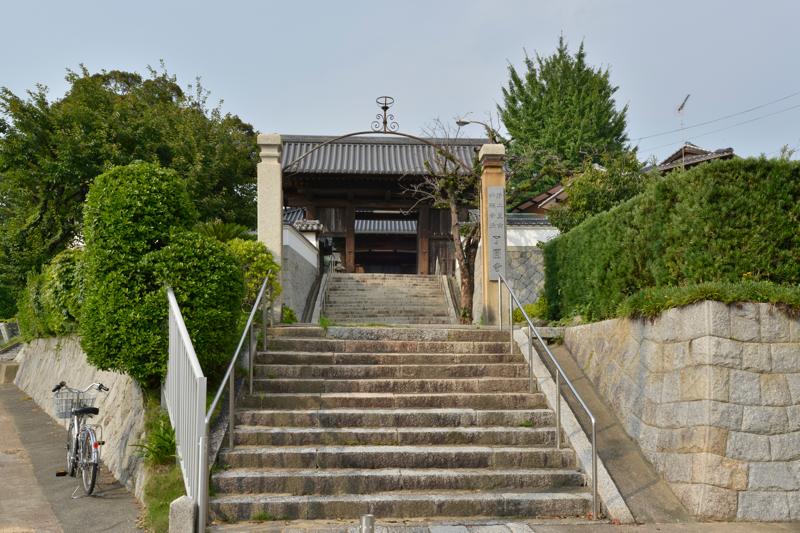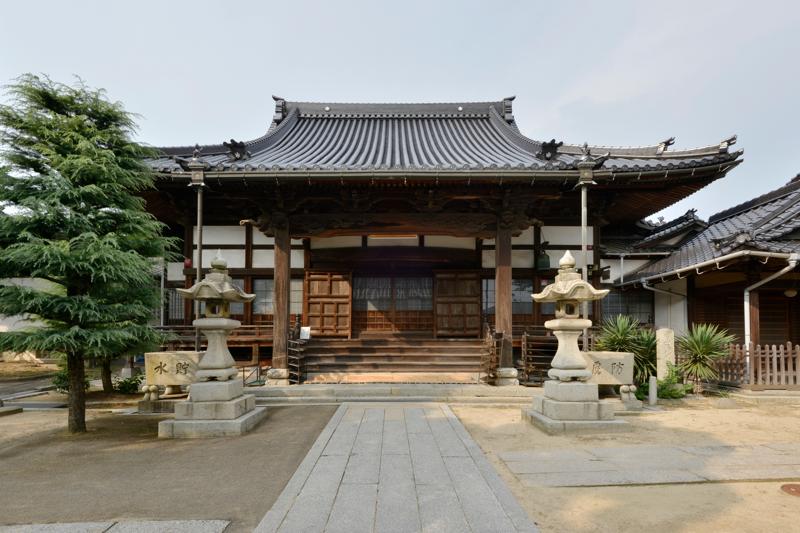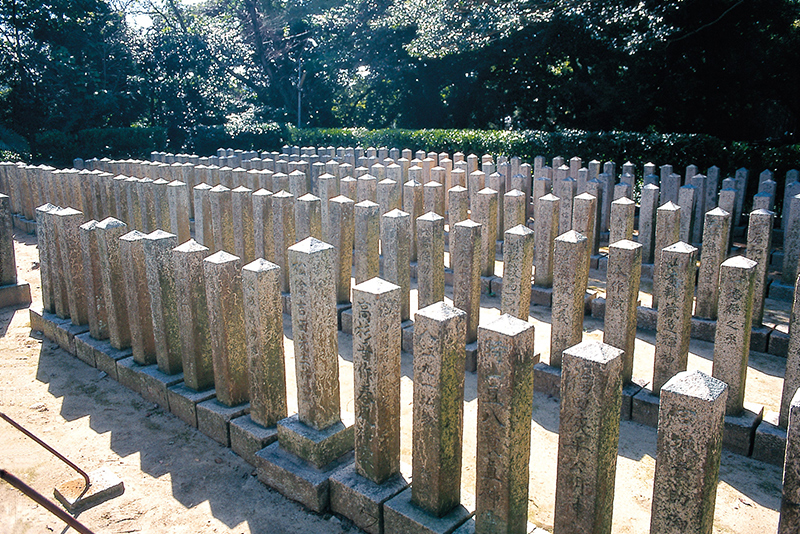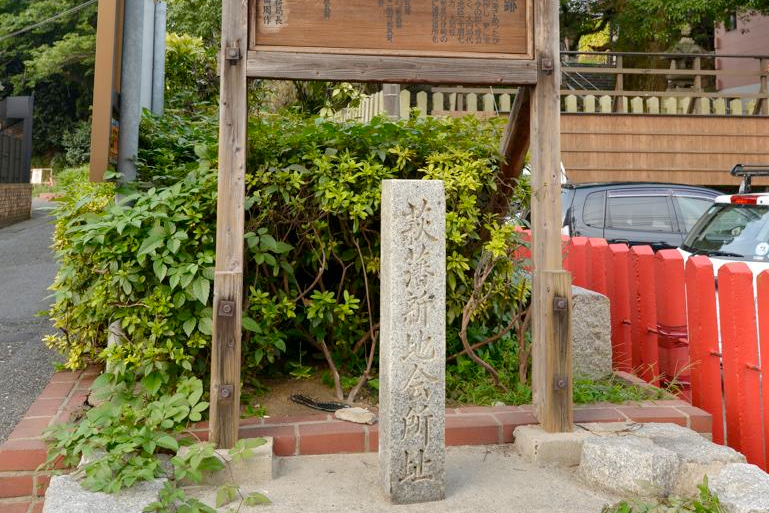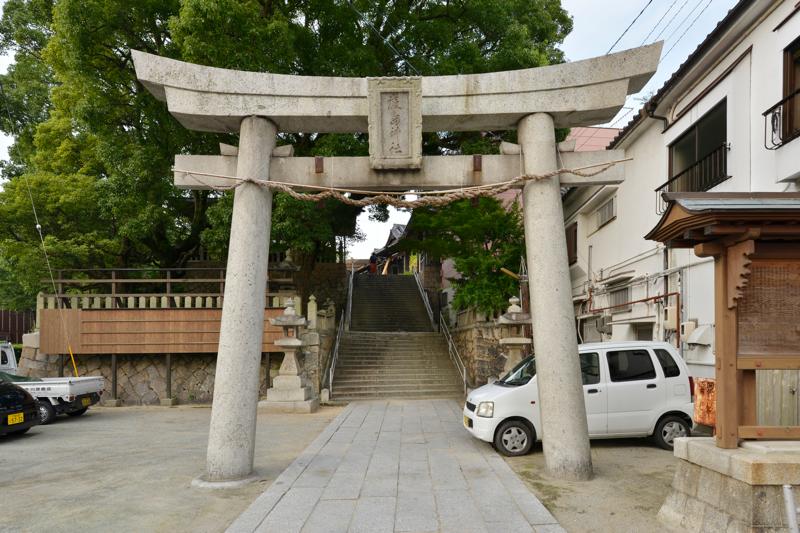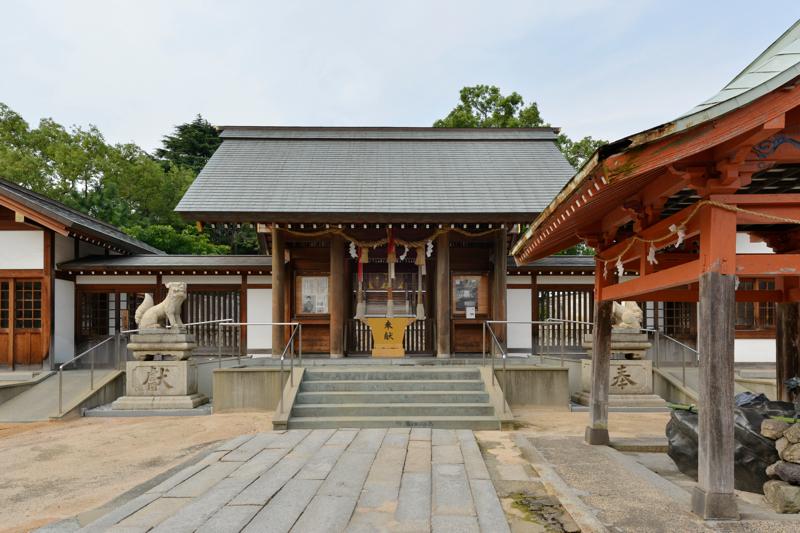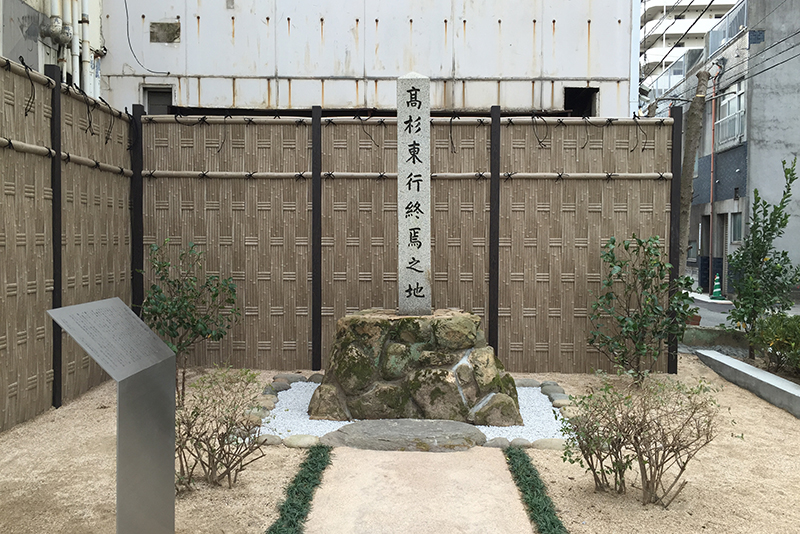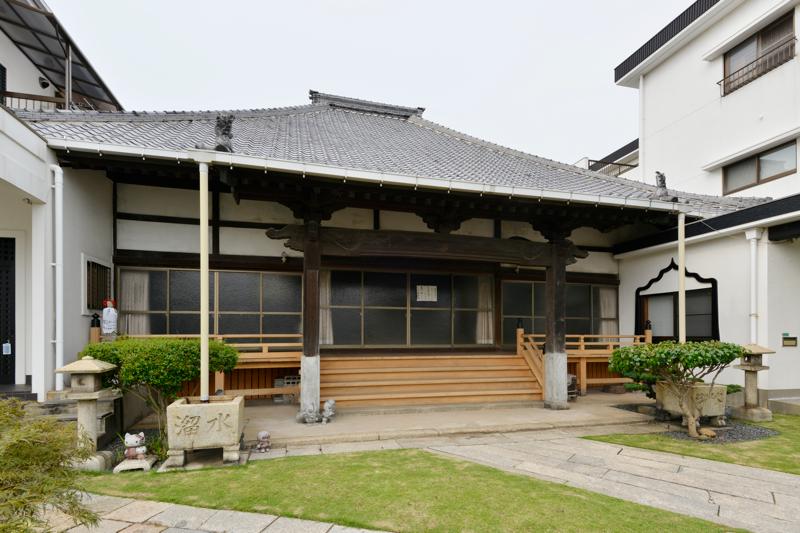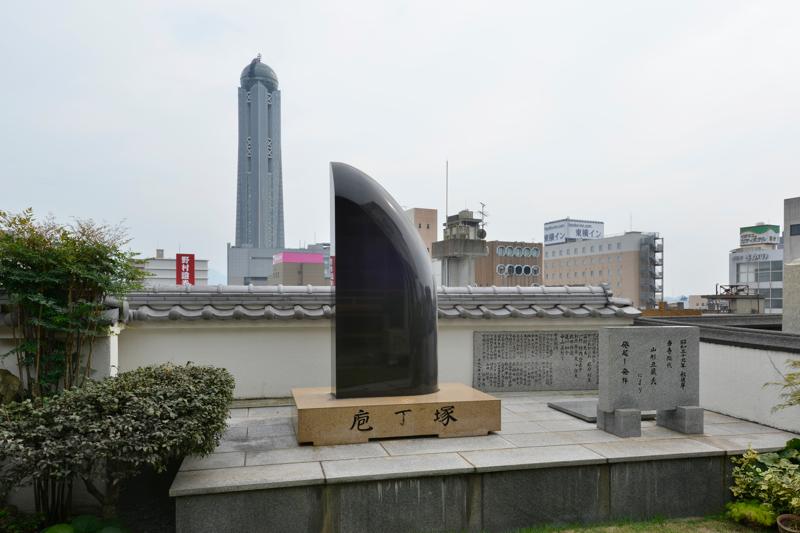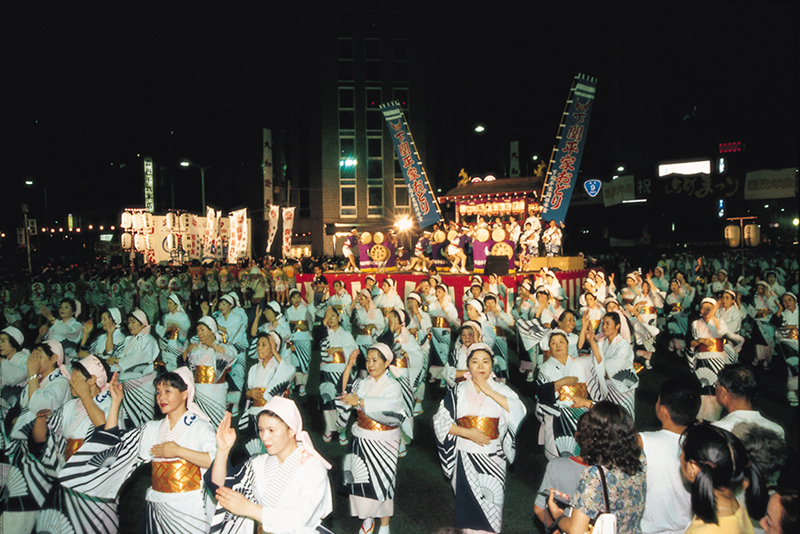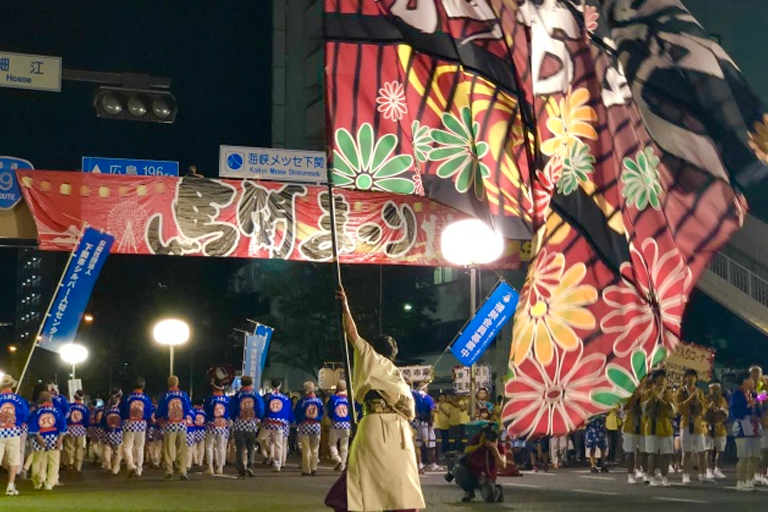Around Shimonoseki Station Area
The area around JR Shimonoseki Station is one of the prefecture’s best shopping zones and is dotted with numerous historical sites from the Meiji Restoration as well as Kaikyo Yume Tower, the symbol of Shimonoseki. This area still retains its old appearance as the “gateway of the west,” a crossroads for people and things.
KAIKYO YUME TOWER
panorama
The see-through elevator ride lasts 70 seconds. From a height of 143 meters, one of Japan’s highest observation decks, one can enjoy a 360-degree panoramic view of a landscape that includes Kanmon Strait, Ganryujima Island, Hibikinada, and the distant Kyushu coastline. The exterior illumination varies according to the day of the week and the season—a real must-see.
Sea Mall Shimonoseki
shopping
Next to JR Shimonoseki Station is Sea mall Shimonoseki—Yamaguchi Prefecture’s largest shopping center, home to Est, Shimonoseki Daimaru, and some 160 retail boutiques. In addition to shopping and dining, the mall plays host to a variety of events. It is a shopping center inspired by the theme of urban development and community revitalization, and it is enduringly popular in the local community.
Green Mall Shopping Street
shopping
This is a Shimonoseki-style market district with international connections to Busan, South Korea. Bustling with Korean barbecue restaurants, genuine Korean grocers, boutiques selling Korean clothing, and more, the street has come to be regarded as “Little Busan.”
Otoshi Shrine
panorama
This large torii gate, which bears an inscription by Shiraishi Shoichiro, was built in 1862 to pray for victory for the exclusionist imperialist faction. Historical remnants of the Meiji Restoration can also be found in the Seven Lords monument located within the shrine’s precincts. It is said that this shrine was built at the place where Minamoto no Yoshitsune prayed for victory. Shiraishi Shoichiro (1812–1880): Shiraishi was a merchant loyal to the Emperor who operated a wholesaling businesses and lent his personal support as a soldier to the Kiheitai militia with Takasugi Shinsaku.
Hiyoriyama Park
panorama
“This statue of Takasugi Shinsaku was erected in 1956—90 years after his death—on a hill overlooking Kanmon Strait, and the site is famous for its cherry blossom trees. Takasugi Shinsaku (1839–1867): Born in the castle town of Hagi and educated at Shokason-juku, Shinsaku founded the Kiheitai militia—the strongest military unit during the latter days of the shogunate. When troops were recruited at Chofu Kozan-ji Temple, he assumed a leading role in the anti-shogunate movement in the Choshu Domain, but he passed away before the Meiji Restoration came to fruition.”
Nagato Market
shopping
This is the “pantry” of the citizens of Shimonoseki. All manner of local foods can be found here, from Korean ingredients to whale meat, sea urchin, and parboiled shark as well as seafood and vegetables at low prices.
Shiraishi Shoichiro former residence trace (Kiheitai formation place)
history
Shiraishi Shoichiro, a wealthy merchant, made his fortune through his wholesaling business and lent both moral and financial support to Shinsaku and other patriots of the Meiji Restoration. The Kiheitai militia was formed at Shiraishi’s house on June 8, 1863.
Ryoen Temple
history
Takasugi Shinsaku and his troops, who were roused to action at Chofu Kozan-ji Temple, entrenched themselves at this temple after the Shinchi Kaisho attack. Sword wounds from that period can still be found on the pillars of the main sanctuary.
Sakurayama Shrine
history
This shrine was constructed at the suggestion of Takasugi Shinsaku (in 1863) and was completed in 1865. It was the first shrine built to pray for the spirits of the war dead in Japan, and some 400 patriots who fought for the Meiji Restoration are venerated here, including Yoshida Shoin.
Hagihan Shin-chikaisho trace
history
This branch office of the Hagimoto clan was occupied by Takasugi Shinsaku and his troops when they began to fight against the government (the conservatives).
Itsukushima Shrine
history
The Taira clan were permitted to split the guardian deity of Itsukushima Shrine in Aki Province for veneration aboard a ship. It is said that the shrine hall was built here along the seaside where the guardian deity drifted ashore after the battle of Dan-no-ura in 1185, at which time its veneration began. Spoils of war from the Ogura War of 1866 are stored within the shrine’s precincts—large drums brought by the Kiheitai from Ogura Castle.
Takasugi Shinsaku Last Place
history
Takasugi Shinsaku, who commanded the battle from Oguraguchi while suffering from illness (tuberculosis), had his turbulent life cut short at the age of 27 years, eight months on April 14, 1867.
Toko Temple
history
He was entrenched at Ryoen-ji Temple during the Shinchi Kaisho attack, but it got too cramped as his troops increased in number, so he moved his base of operation to this temple in Buzenda.
Bakan Festival
event
This is a summer festival in which the citizens of Shimonoseki participate. Numerous night stalls are set up at the main festival site at Kanmon Yume Hiroba, and the entire city throngs to experience this event entered around song and dance. The highlight is the Heike dance on the final day, in which some 4,000 dancers take part.

